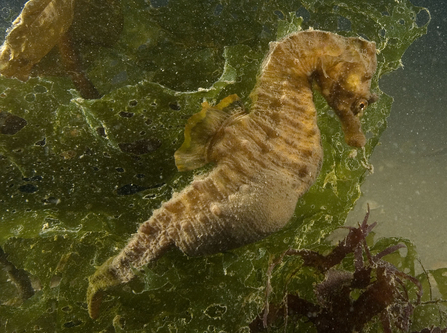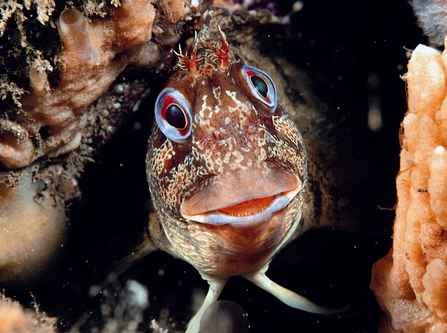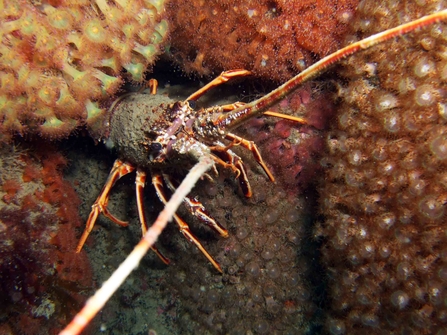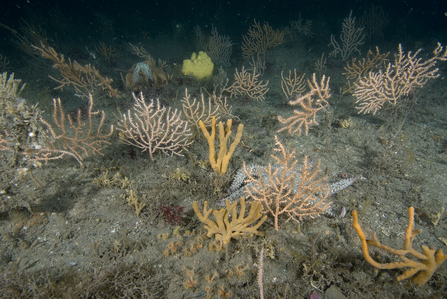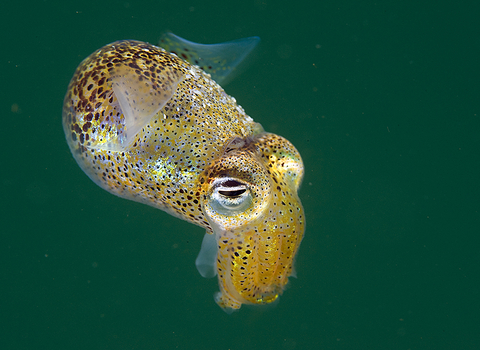The UK has a long and beautiful coastline, miles of beaches, cliffs and mudflats bordering seas full of weird and wonderful creatures. But despite our close connection to the sea, and the fact that it’s home to half of all our wildlife, we have been neglecting it.
Until recently, we had no way of protecting nationally important marine sites in England and Wales, and only 0.001% of our seabed was protected! That all changed in 2009, when the Marine and Coastal Access Act was passed, paving the way for a new type of protected area in English seas – Marine Conservation Zones (MCZs).
The first 27 were created in 2013, with another 23 added in 2016, taking the current total to 50. This is a great start, but to truly look after our seas we need a complete network of protected areas around the UK, covering examples of every kind of habitat and threatened species. The Government are currently consulting on a third wave of MCZs (learn more here), but let’s take a look at how they actually work.


